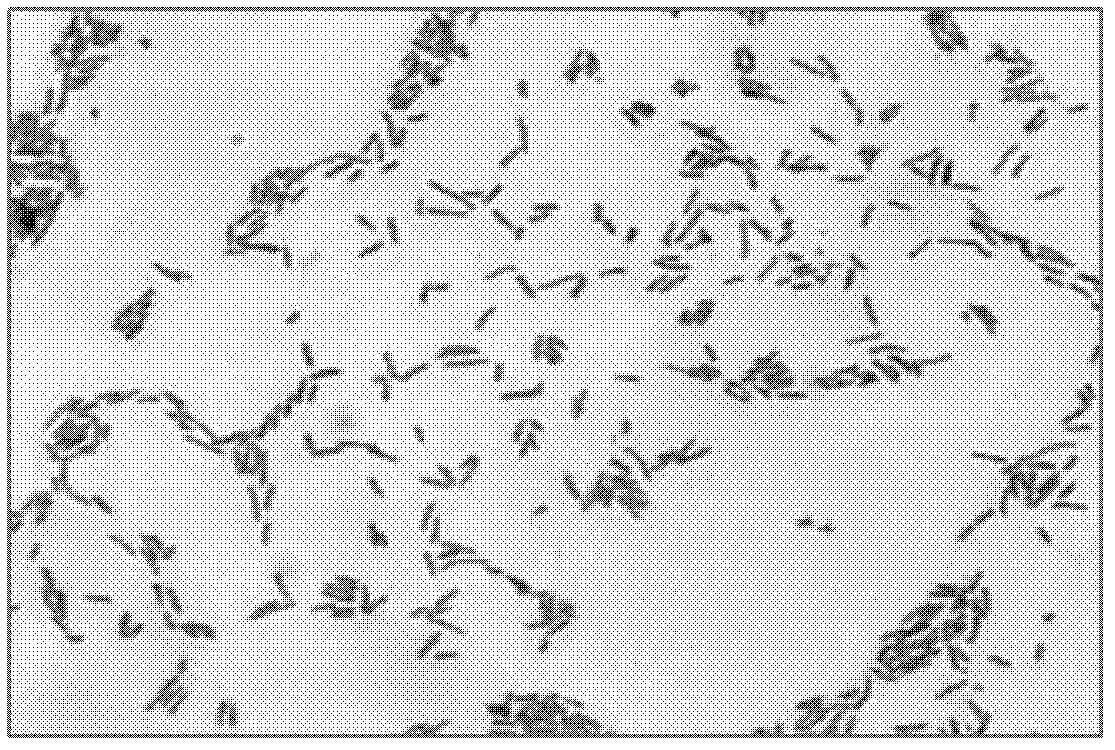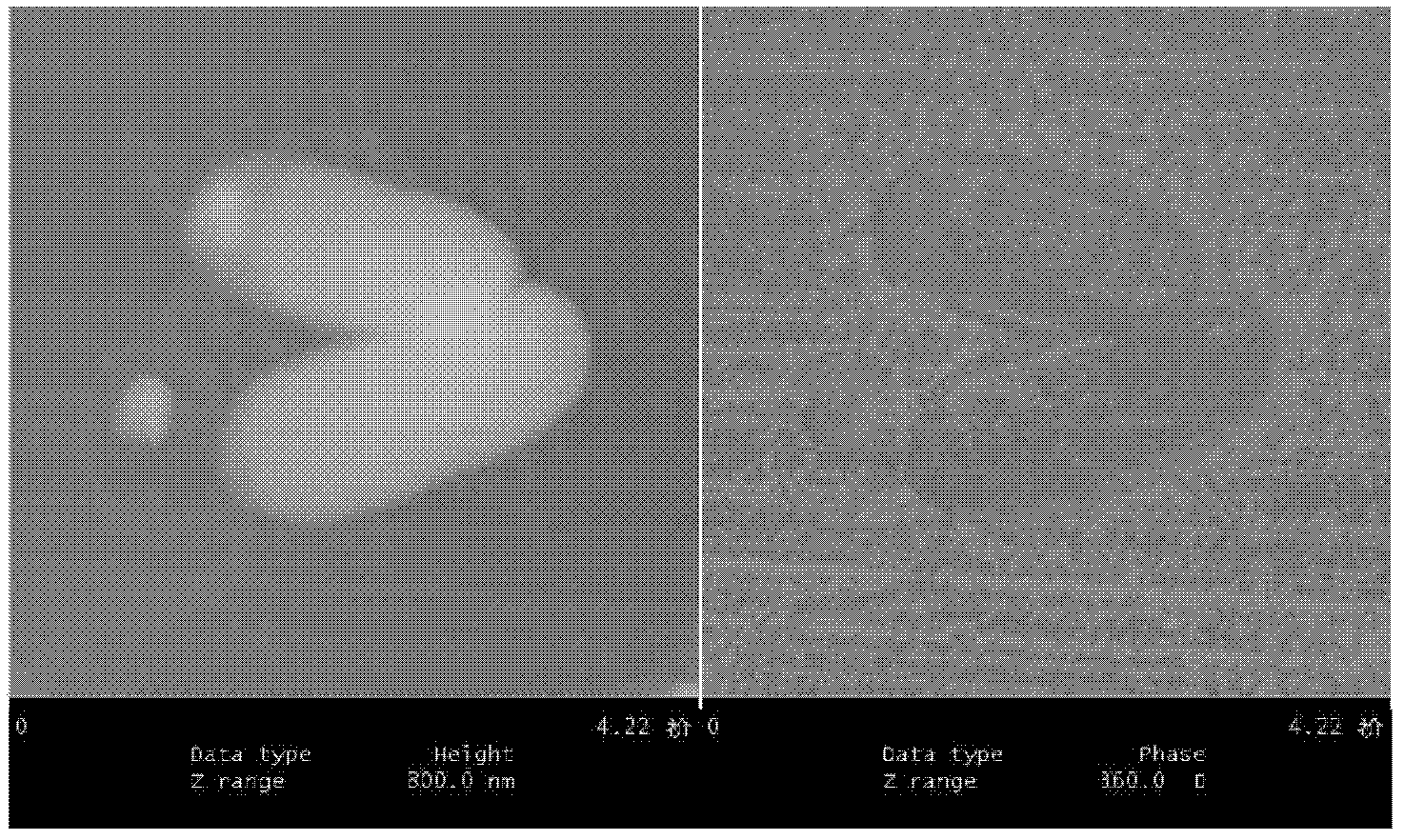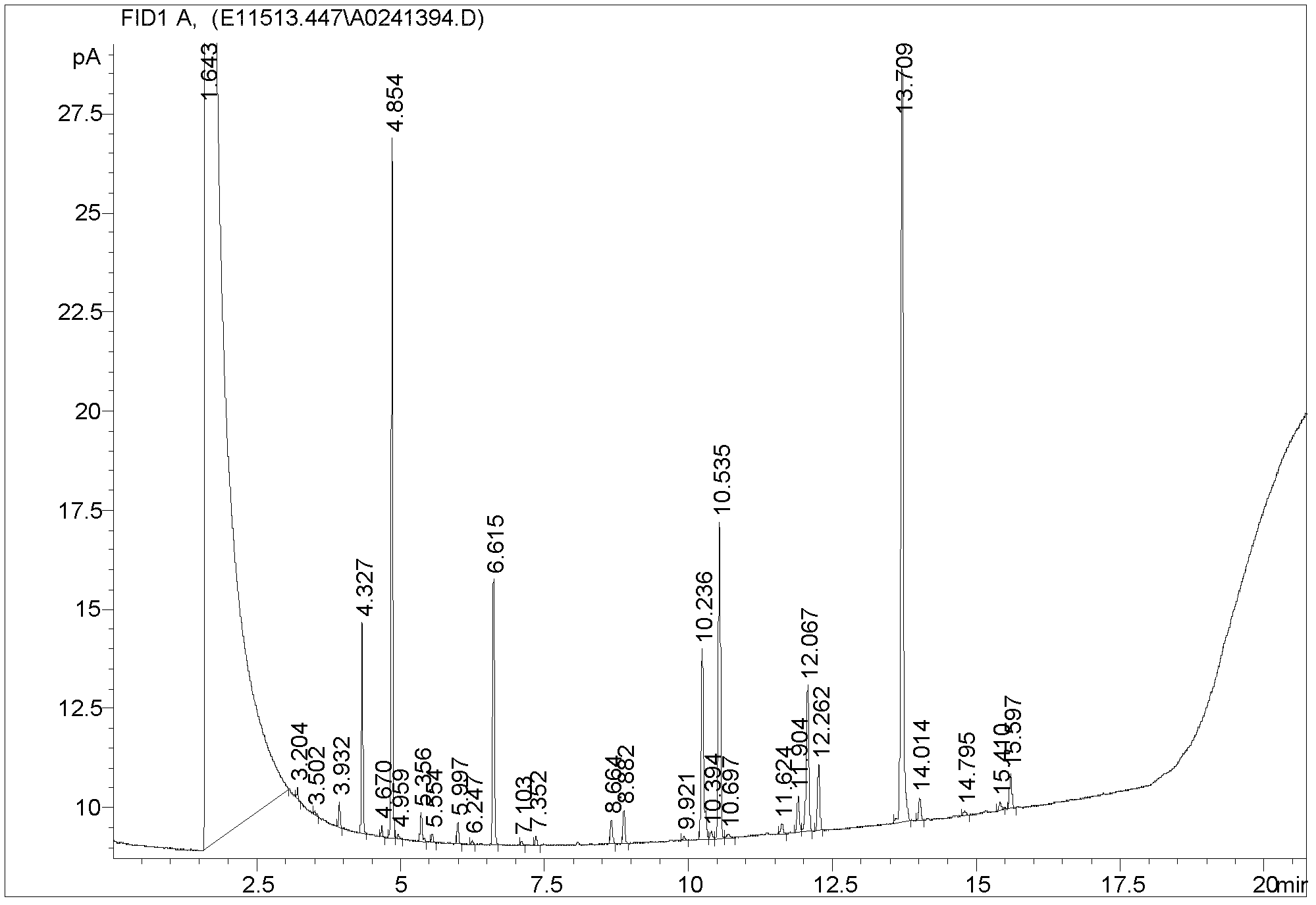DDT (dichlorodiphenyltrichloroethane)-degrading pseudomonad strain
A technology of pseudomonas and microbial strains, applied in the field of pseudomonas, can solve the problems of environmental pollution, teratogenicity, high toxicity, etc., and achieve the effect of high application value
- Summary
- Abstract
- Description
- Claims
- Application Information
AI Technical Summary
Problems solved by technology
Method used
Image
Examples
specific Embodiment approach 1
[0013] Specific embodiment 1: The Pseudomonas that degrades DDT in this embodiment is Pseudomonas sp. 12-3#, which is preserved in the General Microorganism Center (CGMCC) of China Microbiological Culture Collection Management Committee, and the preservation address is Beijing No. 3, Courtyard No. 1, Beichen West Road, Chaoyang District, the city. The preservation date is November 08, 2011, and the preservation number is CGMCCNo.5449.
[0014] In this embodiment, Pseudomonas sp. 12-3# is a Gram-positive bacterium, an aerobic bacterium, rod-shaped, and the cell size is (0.1 μm to 0.2 μm)×(0.4 μm to 0.6 μm). Flagella, the staining picture of Pseudomonas 12-3# is as follows figure 1 As shown, the morphology of Pseudomonas 12-3# atomic mechanical microscope is as follows figure 2 As shown; when cultured on solid inorganic salt medium, the colony is round, light yellow in color, transparent, smooth in surface, neat in edge, viscous and easy to provoke. Wherein said solid inorgan...
specific Embodiment approach 2
[0017] Specific embodiment 2: In this embodiment, Pseudomonas sp. 12-3# is screened from DDT-contaminated soil in Guangzhou City. Screening was carried out according to the following steps: ① Take 10 mL of DDT-acclimated soil suspension and put it into a sterilized Erlenmeyer flask filled with glass beads and 90 mL of sterile water and shake it fully to break up the micelle groups and make the bacteria appear The single-cell state is dispersed in the liquid; ②Take 1mL of the bacterial suspension from the soil bacterial suspension in the Erlenmeyer flask, inoculate it in the solid inorganic salt medium with DDT as the only carbon source by the doubling dilution method, and place it upside down at 30 Cultivate in a constant temperature incubator at ℃ for 3 days; ③Pick out different typical single colonies, mark them on the plate, and culture them in a new culture plate by streaking, repeat the above operation 3 to 4 times, and obtain the pure 4. The obtained pure bacteria were t...
PUM
 Login to View More
Login to View More Abstract
Description
Claims
Application Information
 Login to View More
Login to View More - R&D
- Intellectual Property
- Life Sciences
- Materials
- Tech Scout
- Unparalleled Data Quality
- Higher Quality Content
- 60% Fewer Hallucinations
Browse by: Latest US Patents, China's latest patents, Technical Efficacy Thesaurus, Application Domain, Technology Topic, Popular Technical Reports.
© 2025 PatSnap. All rights reserved.Legal|Privacy policy|Modern Slavery Act Transparency Statement|Sitemap|About US| Contact US: help@patsnap.com



